You’ve done it! You completed your research. The brief is written. You understand your audience and what matters to them. Now it’s time to summon your muse and work your creative magic.
But is being creative really magic?
Yes and no.
Of course, some people are more creative than others. Some of it is a natural gift (magic). Some of it is practicing the craft (hard freaking work). Regardless, if you need to think of new ideas – marketing or otherwise – you’ll likely go through this process to reach an awesome idea that can move your business forward.
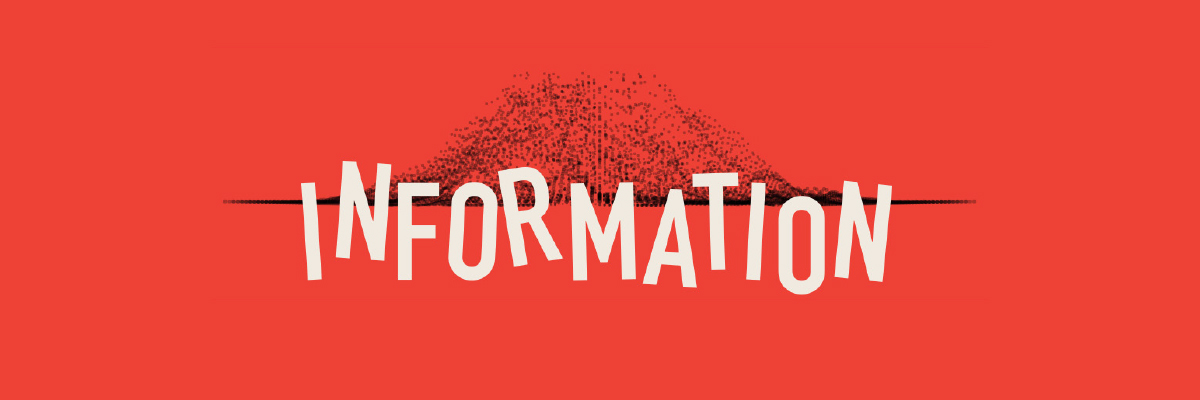
Feed your brain.
Absorb insights about the consumer you received from research. To make sure your idea is fresh, go online and study the competition so you can recognize (and avoid) the category clichés. Understand your point of difference versus the competition and why your brand is a better choice for your target audience. The smarter you are about the challenge at hand, the more likely you are to have a powerful idea.
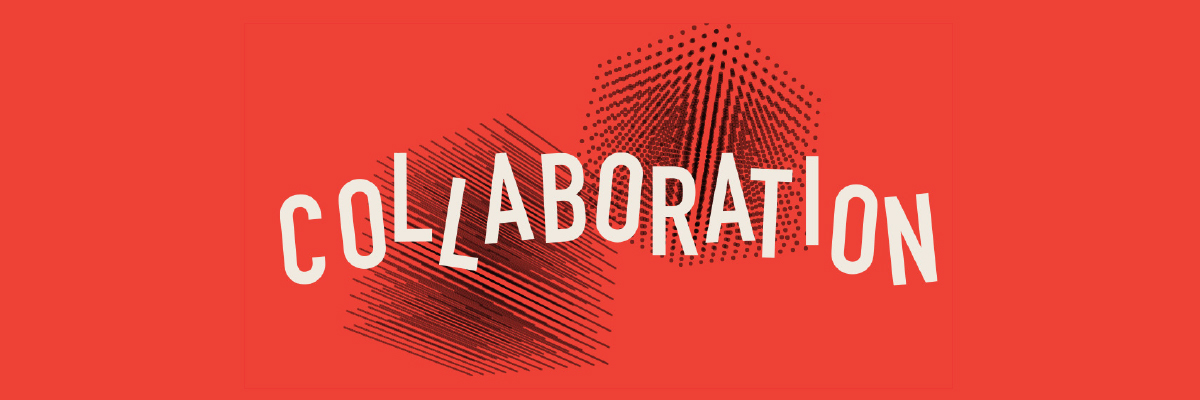
Talk it out.
The best ideas often come from collaborating among a small group of people who are all dedicated to the project.
When collaborating, offer up all your thoughts. You don’t have to immediately judge them – you just have to get them out of your head. It’s easy to get stuck on a single idea until it’s written down. Simply putting it on paper gives your brain permission to move on to something new.
In these early stages, the objective isn’t to come up with THE idea, it’s to come up with several possible ideas. (You don’t have to judge if they’re good or bad right now. Just get them out of your head and onto paper.)
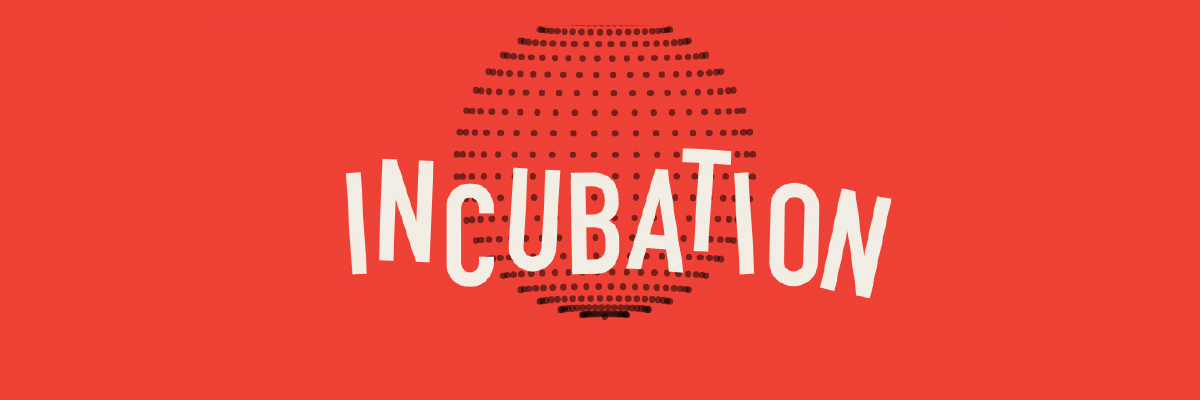
Take time to daydream and let you ideas grow.
Just as Alexa is always listening, your brain is always working – even when you don’t realize it.
Wonder why you get ideas in the shower or while taking a walk? It’s because you’re not trying to have an idea. Your brain is in neutral, processing all the information you’ve put in there. Occasionally, it will spit out an idea when you’re not expecting it.
The important part of the incubation step is to allow time for it to happen. Take your foot off the gas. Give your brain time to meander on cruise control. It will help you come up with new ideas and let the ideas you’ve already had evolve into better ones.
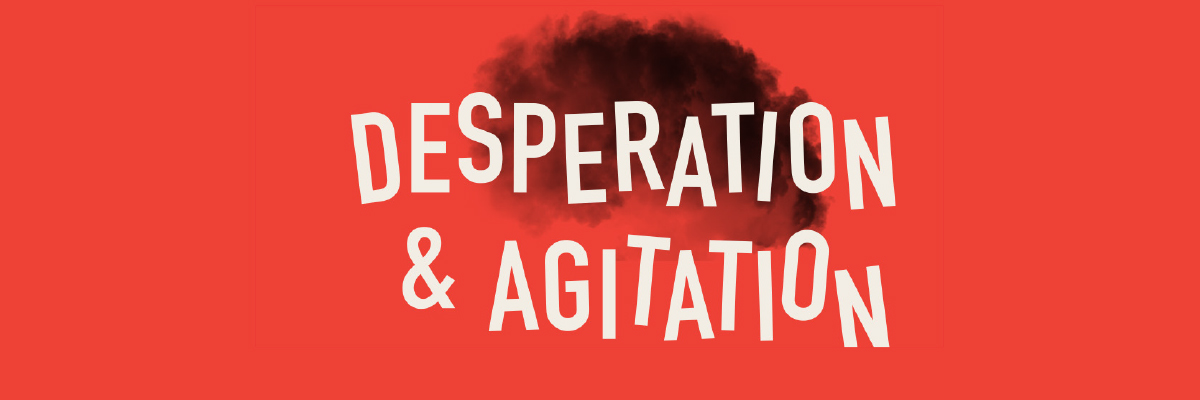
Let the self-loathing begin.
Welcome to the dark, scary place of brainstorming. This is the point where you have ideas on the table, but you don’t like any of them. In fact, you don’t like anything at all. You don’t like the product, the deadline, the audience and especially yourself. Everything and everyone are stupid, and you begin to seriously consider a career that feels less stressful, like professional bomb defuser.
Take a deep breath and trust the process. Keep collaborating and incubating. Something good will emerge.
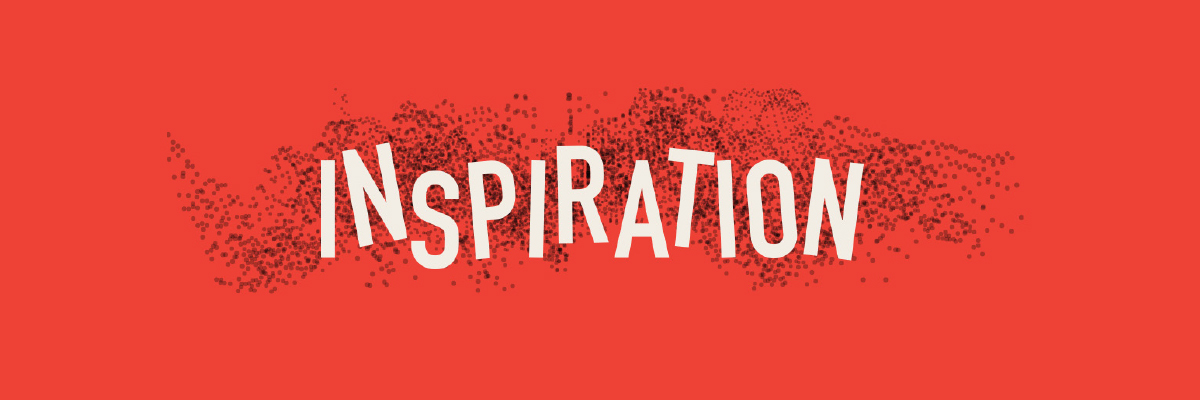
The moment you’ve been working for.
Eureka! A good idea strikes! It starts as just a few words or as a mental image. You write it down and pin it to the wall. Your co-collaborators quickly build on it, adding life and extensions you never imagined.
You’re excited. The team’s excited. It took a lot of work to get here, but you feel like the most creative person in the world. Treasure those moments and remember them next time you’re stuck on Step 4, which will surely happen on the next project.
ADULATION AND CONGRATULATION
You made it. High-fives all around. The idea is great. Everyone loves it and, for now, everyone loves you, too.
How did you come up with that idea? They’ll never know. It’s a process. It’s repeatable. And sometimes it’s difficult. But you’ll do it again. And again. And again. Because that’s the job, and the demand for creativity never ends.
